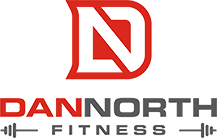Core conditioning is an integral component to virtually any program, given the ongoing benefits a strong abdominal wall provides athletes. In the strength training community, athletes attribute most of their core work with big compound lifts with little to no isolation exercises.
I believe it should be a healthy combination of both. Athletes will find great benefit from core isolation movements due to the supportive strength it provides in all areas of sports, whether its powerlifting, weightlifting, rugby, wrestling, or MMA.
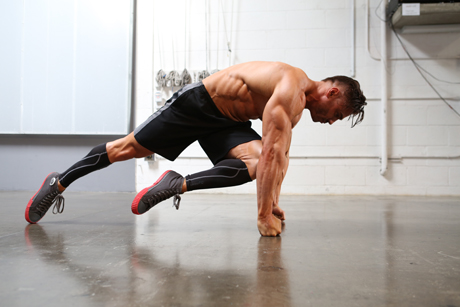
When strengthening any muscle group, it helps to understand its function and what exactly its helping you achieve. In a nutshell, the varying muscle groups of the core help support our spine. Spinal alignment is huge when it comes to training your core optimally. Optimal core exercises are movements that involve little to no ‘crunching’ or spinal flexion. The most beneficial exercises require intra abdominal pressure in order to support a ‘flat back’ or aligned spine. If the occasional flexion movement is implemented, it is recommended to counter these exercises with extension movements.
Typically, ‘crunching’ or flexion movements would be beneficial for fighters or boxers, who have to tighten up their bodies in order to brace for impact to protect their internal organs from a hard body shot. Even so, I would highly recommend these athletes to ensure they are incorporating a healthy dose of extension work for a healthier, balanced approach to their core training.
What is the core?
Your core is comprised of different muscle groups with varying functions. In other words, pumping out a shit ton of sit ups will give you a good ‘burn’, but probably isn’t optimal for strengthening your lower back.
The following are some of the most optimal core exercises I would recommend for athletes, broken down into muscle groups and musculoskeletal function.

FLEXION – RECTUS ABDOMINIS (UPPER ABS)
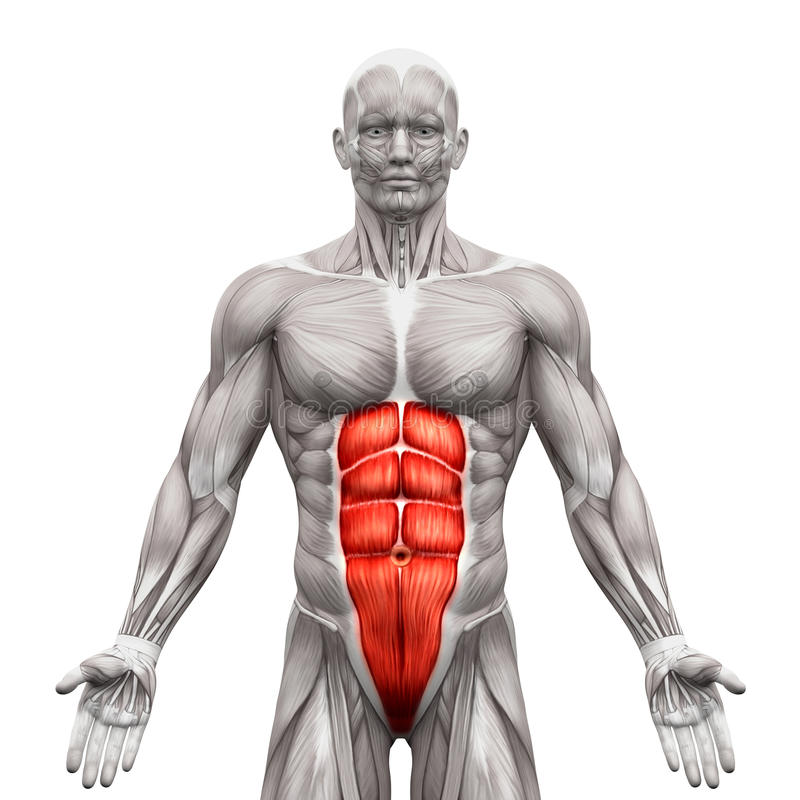
The show boat abs. The over worked muscles of the core that provide that sweet burn when we pump out 100 sit ups, only to be left wondering why we still aren’t seeing any progress in our core training. All muscles of the core are important, but some get over worked and get a little too much ‘attention’.
The rectus abdominis is this muscle group. Not that they are always over worked, maybe just worked inefficiently too often. Weighted sit ups should be an athlete’s go to for these muscles, given the fact that they are comprised mainly of fast twitch fibres and respond better to resistance-loaded exercises with sub maximal strength output.
In other words, performing 10 decline bench sit ups with a plate is going to get you more core gains than 100 bodyweight sit ups from the floor.
One of the most immensely beneficial core exercises which involve spinal flexion with resistance is the Turkish get up. This can be performed in a half variation (shown below), in order to provide benefit to the upper abs and arms for stabilization.
EXTENSION (LUMBAR SPINE)
Couple each of your flexion movements with at least one to two extension drills for a well balanced core workout. Typically, the majority of us have a naturally kyphotic posture. This can be the cause of several contributing factors, the major one being the fact that most of us are sitting for extended periods throughout the day.
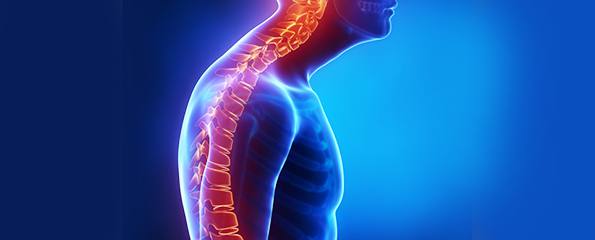
Extension work is needed for everyone in order to perform better in and out of the gym, especially athletes and those of us who sit down for work. Athletes tend to perform a lot of front loaded movements, and are typically rounded forward in an athletic stance to perform in their sport. Including wrestlers setting up for a double leg, rugby players finishing a tackle, or boxers establishing their range with jabs.
In order to get the most out of your core training (and this applies to both athletes and desk jockies), get stronger at the opposite of what you do every day. If what you do is sit and slouch, perform movements tha make your lower back stronger and pull your posture upright. If you are a right handed pitcher, work rotational movements on your left to correct imbalances.
When performing extension exercises, keep your core braced and refrain from hyperextending the lower back when finishing movements like deadlifts, reverse hyper extensions, or low back extensions. Keep a neutral spine and work within a healthy range to strengthen the lumbar muscles surrounding the lower back.
LATERAL FLEXION/EXTENSION, ROTATION AND ANTI-ROTATION (INTERNAL/EXTERNAL OBLIQUES)
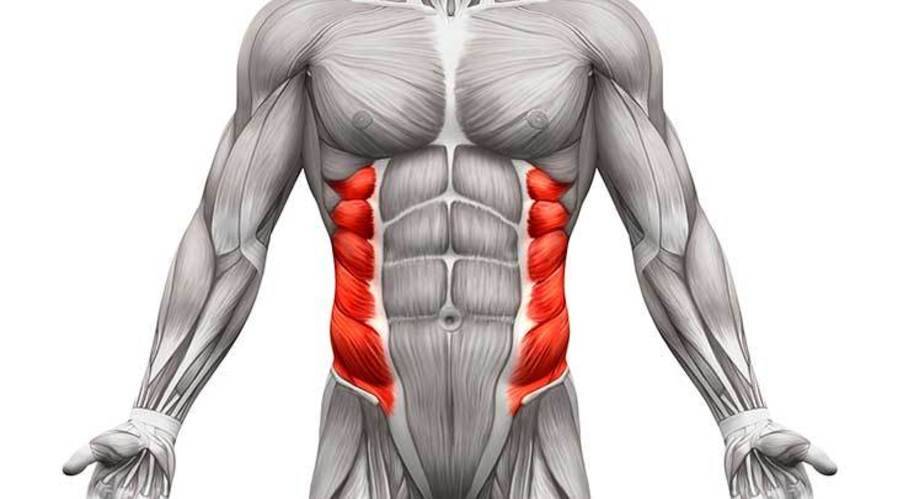
Our obliques are responsible for a few things. They help us perform lateral flexion (side to side bending), rotation in the torso, and resist rotation. Far too often, these muscles are neglected in the gym and people wonder why their abs aren’t showing. Learn to work in different planes of movement, in this case, the transverse plane which is where all rotational movements take place.
As with all areas of the core, there are an endless amount of exercises you have at your disposal to make this area stronger, which will help you perform better everywhere. Athletes rely on oblique strength in order to perform movements like throws, hitting a baseball, finishing takedowns, tackles, and to stop, turn and sprint on command.
You don’t have to bend or twist side to side for your obliques to get worked, exercises like lop sided farmer carries and barbell holds force the obliques to engage to resist rotation and maintain spinal alignment.
PLANKS AND DEAD BUGS (TRANSVERSE ABDOMINIS, MULTIFIDUS)

These should be your go to core exercises no matter who you are. If I was going to recommend one or two exercises that everyone should perform, from athletes to 9-5er’s, plank and dead bugs are on the top of that list. Mastering these fundamental movements will translate directly to your athletic performance and strength in the gym. Not only are they relatively safe to perform, they offer an immense amount of variations so they don’t go stale in your training.
Quality, controlled movements are what’s going to get you your bang for your buck when it comes to planks and dead bugs. They train your core to effectively engage and stabilize the lower back with focus on isometric strengthening with contralateral and ipsilateral mechanics (ie. working opposing and same sides of the body simultaneously). This trains stability, balance, and coordination, and who doesn’t need more of that?
Next week, we will cover in depth core training strategies specific to strength performance in bodybuilding, weightlifting, and powerlifting.




